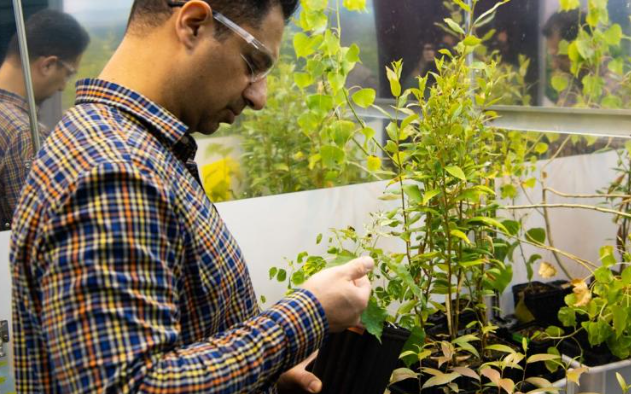
Exploring the Power of Plant Growth Chambers: Creating Ideal Environments for Optimal Plant Growth
- 0
In the world of plant science, researchers, botanists, and horticulturists rely on advanced technologies to study and enhance plant growth. One such remarkable tool is the controlled plant environment. These environments provide precise control over growth conditions to promote optimal plant growth and development. This article will delve into the fascinating world of the plant growth chamber, exploring their purpose, benefits, and the key role they play in advancing plant research and cultivation.
Understanding Controlled Plant Environments: Creating Ideal Conditions for Plants
- What is a Controlled Plant Environment? A controlled plant environment, also known as a growth chamber or growth room, is an enclosed space designed to provide precise control over environmental factors such as temperature, humidity, light intensity, and CO2 levels. These environments aim to simulate and maintain specific conditions that support optimal plant growth, allowing scientists and horticulturists to conduct controlled experiments, study plant responses, and cultivate plants under ideal settings.
- The Purpose and Benefits of Controlled Plant Environments a. Controlled Experimentation: Controlled plant environments enable researchers to conduct experiments by manipulating environmental factors. This precise control helps them understand how plants respond to different conditions and explore the effects of specific variables on plant growth, development, and physiological processes. b. Ideal Growth Conditions: By maintaining optimal environmental conditions, such as temperature, humidity, and light intensity, controlled plant environments create the perfect setting for various plant species. These environments ensure consistent growth and provide a controlled space for testing and studying plant responses. c. Year-Round Cultivation: Controlled plant environments offer the advantage of year-round cultivation. Regardless of external weather conditions or seasonal changes, researchers can maintain consistent growth conditions, allowing for continuous plant studies and experimentation.
Components and Features of Controlled Plant Environments
- Temperature Control Plant growth chamber features precise temperature control systems that allow researchers to set and maintain specific temperature ranges suitable for different plant species. Heating and cooling elements, along with sensors and thermostats, ensure accurate temperature regulation.
- Humidity Control To replicate natural humidity conditions, controlled plant environments incorporate humidity control systems. These systems can adjust and maintain optimal humidity levels to support the growth and development of various plants.
- Lighting Systems Controlled plant environments are equipped with specialised lighting systems that provide the required light intensity and spectrum for plant growth. These lighting systems typically include fluorescent, LED, or high-intensity discharge (HID) lamps, allowing researchers to customise light settings to suit different plant species and growth stages.
- CO2 Regulation CO2 enrichment systems are essential in controlled plant environments as they ensure an adequate supply of carbon dioxide for photosynthesis. These systems maintain optimal CO2 levels, facilitating plant growth and maximising photosynthetic efficiency.
Applications of Controlled Plant Environments
- Plant Research and Genetics Controlled plant environments serve as valuable tools for conducting research in plant physiology, genetics, and molecular biology. They facilitate controlled experiments to understand plant responses to various factors, study gene expression, and explore the effects of genetic modifications on plant growth and development.
- Crop Improvement and Cultivation Controlled plant environments play a vital role in crop improvement programs. They enable researchers to optimise growth conditions, test new cultivars, and develop strategies for enhancing crop productivity, disease resistance, and tolerance to environmental stresses.
- Conservation and Seed Banking Controlled plant environments are used in the conservation and preservation of endangered plant species. Seeds and tissues of rare plants are stored and maintained in these environments, providing a safeguard against extinction and facilitating future conservation efforts.
Conclusion: Nurturing Plant Growth with Precision
The plant growth chamber is a remarkable tool that offers precise control over growth conditions, enabling scientists, researchers, and horticulturists to study, understand, and enhance plant growth and development. Through their controlled experimentation and cultivation capabilities, controlled plant environments contribute to the continuous improvement of agriculture, environmental sustainability, and the understanding of the fascinating world of plants.






